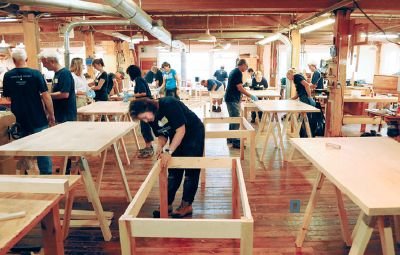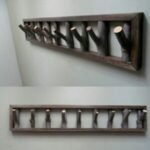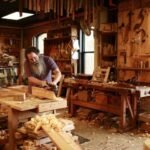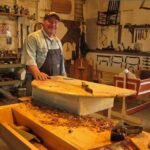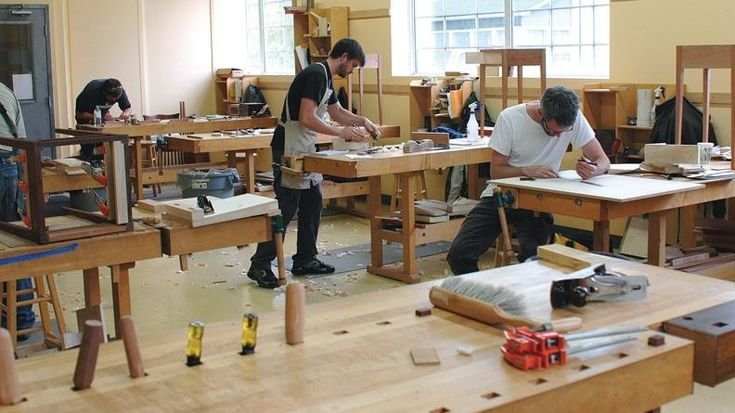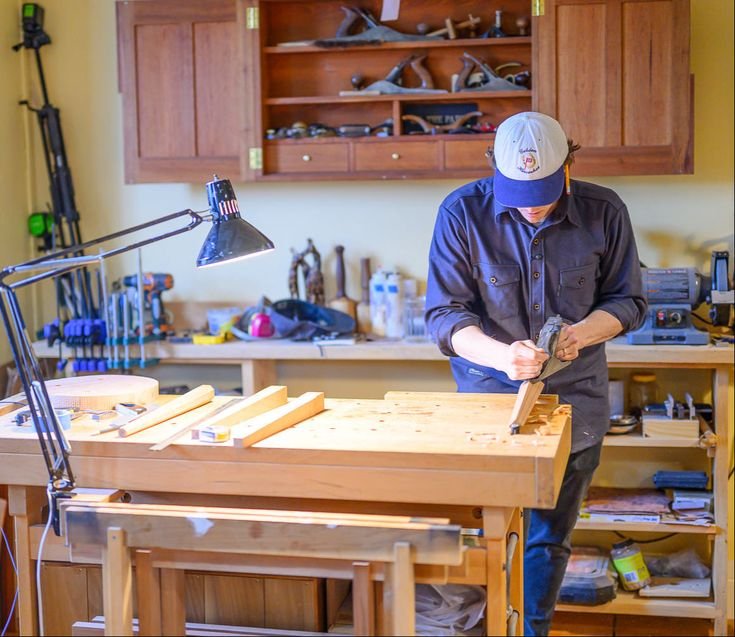The Marks We Leave Behind
Ah, the smell of sawdust. Nothing quite like it, right? If you ever step into a small-town workshop, you’re bound to be met with that familiar aroma. It’s like the wood itself is reminding you that something good is happening—that something is being created. I’ve spent so many evenings in my little garage, wood shavings curling under my feet like confetti from a party that only I was invited to.
I remember one of my earlier projects—a coffee table—made from some beautiful oak I’d snagged from the local lumberyard. You know how it is—stopping in after work, pretending you’re just browsing, but your hands get all itchy when you walk down the aisles. I wandered through those aisles, and before I knew it, I was wheeling out a hefty load of oak and excited plans that probably looked ridiculous at the time.
Now, I was no stranger to woodworking. I had some experience, thanks to my dad. We’d spend weekends sanding away at old chairs and fixing up pieces from garage sales. Nothing ever went perfectly. But still, I had this half-baked confidence, a notion that I could tackle something more ambitious.
A Little "Oops" Moment
So, there I was, all set to make this coffee table, and I had my tools out. You know, the basics—my trusty miter saw, a handheld router, and the old hammer that used to belong to my granddad. The first day was a mixture of excitement and clumsy trial and error. When it came time to cut the legs, I got a little ahead of myself. I marked my measurements once, but then got distracted by the neighbor’s dog barking—probably some squirrel running across the yard or something. I took the saw to the wood and, well, let’s just say I ended up with two legs of different lengths. You’d think those dogs would know better than to ruin a person’s concentration!
When I finally realized what I’d done, my heart sank. I almost gave up right then and there. I recall standing there, staring at that poor piece of oak, feeling like I’d just ruined everything. But there’s something about wood that pulls you in, isn’t there? It’s not just a material; it’s full of stories and potential, waiting for you to carve your mark into it.
Embracing the Imperfections
So, I took a deep breath, had a good chuckle at my own blunder, and decided to embrace the imperfections. Instead of junking the legs, I figured I’d turn it into part of the character of the table. After all, every scratch tells a story, right? So, I paired the longer leg with a hidden foot cap—one of those clever tricks I picked up while watching videos late at night. Let me tell you, that foot cap became my savior. With just a little shaping using my chisel and some glue, that table got a second chance at life.
I finished it just in time for Thanksgiving that year. I can still hear my uncle saying, “You built this?!” It felt good, you know? The charm of the table wasn’t in its perfection but in the tiny marks left behind from my learning curve. Those are the moments that make woodworking worth it—every little mistake—a notch in the table’s life story.
Traditional Woodworking Marks
Now, let’s talk about those traditional woodworking marks. There’s something poetic about them. Once I started focusing on joinery, I began using fewer machines and more hand tools. The smell of linseed oil and the gentle scratching of a chisel against wood have turned into comforting sounds for me.
We’ve all seen those fine dovetail joints—hard to master but so satisfying when it clicks. Those marks? You don’t just slap them together; they take understanding, patience, and a bit of heart. I once spent hours on a single joint, getting my measurements wrong again and again. It was brutal, but every failed attempt added to my skills.
These marks you leave behind—whether it’s a tiny chisel cut or a saw line—and they tell you more than just how to do it right; they tell you where you’ve been. There’s a humility in it, owning your flaws and looking at a project that doesn’t just hold your stuff but also the echoes of your struggles.
The Beautiful Mess We Create
As I’m writing this, I’m reminded of that old coffee table, the one that started it all. Even if it’s not perfect, it holds memories—family gatherings, spilled drinks, and the chatter of laughter echoing through the room. It’s a beautiful mess, much like life itself. We all have our own little woodworking projects, don’t we? We shape them, mess up, leave our marks, and somehow, they turn into something beautiful.
So, if you’re sitting there sipping your coffee, thinking about picking up some wood and tools, just do it. Don’t fret about getting it right the first time. Those “oops” moments are just as important as the “yes, that worked!” moments. Get a little messy, let the sawdust gather around your feet, and embrace the imperfections.
At the end of the day, it’s not just about making a table; it’s about understanding the stories—yours and the wood’s. So grab that tool, make some marks, and leave your piece of the world a little more interesting. You’ve got this!

